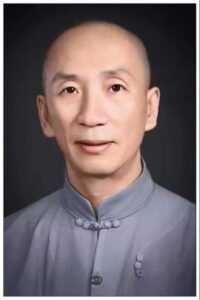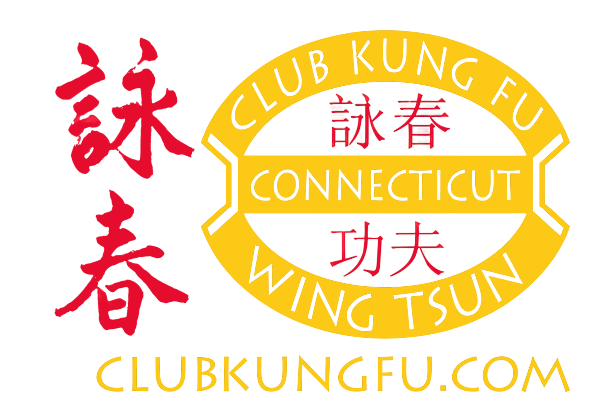According to legend, Wing Tsun Kung-Fu was founded by a Buddhist nun named Ng Mui morethan 250 years ago in China…
Ng Mui designed the new system to take advantage of the weak points of traditional Shaolin Kung-Fu. She developed this new system as an antithesis to the theories of Shaolin Kung-Fu. Instead of relying on brute strength, Ng Mui’s system would borrow the force of the enemy or “give way” to it. Everything from posture, punching, kicking and stance stepping methods were completely redeveloped.
She passed this new system to a woman called Yim Wing Tsun. Wing Tsun later taught it to her husband, Leung Bok Chau. For the honor of his beloved wife, Leung named it WingTsun Kuen (“Kuen” denotes fist or fist-fighting art).
Leung Bok Chau later passed on his wife’s style to Wong Wah Bo. Wong was a member of an opera troupe living on a Red Junk (boat). A fellow opera player named Leung Yee Tai was a master of pole fighting techniques. The two were good friends and exchanged their knowledge with each other. Thus, Leung Yee Tai learned WingTsun and Wong Wah Bo learned the pole fighting techniques. From this point on, pole fighting techniques have been a part of the Wing Tsun forms which already included 3 empty hand forms, wooden dummy techniques and very advanced double knife techniques.
Leung Yee Tai passed on his kung-fu to Leung Jan, a famous herbal doctor in Fatshan. Doctor Leung Jan would later be revered as the “Kung-Fu King of Wing Tsun”. He was later the subject of many pulp novels, and even later the subject of some films. Leung Jan was often challenged by other kung-fu masters but always defeated them. He taught only a limited number of students, the last of which being Chan Wah Shun.
Many years later, Chan Wah Shun would accept his final student, a young boy named Yip Man. Yip Man trained very hard under his own Si-Fu (father-teacher) until the old Chan passed away. Before Chan died, he made his eldest student Ng Chung So promise to teach the boy further in Wing Tsun. Yip Man spent a few more years learning from his Si-Hing or elder kung-fu brother.

Years later while studying English in Hong Kong, Yip Man would have the chance to continue his WingTsun studies under Leung Bik, a son of Doctor Leung Jan. It was at this time that Yip Man learned the innermost secrets of Wing Tsun and its theory. Yip Man returned to Fatshan after completing his studies in Hong Kong. He began to teach a couple of students, more out of fun than of financial need. It wasn’t until the Communist take over in 1949, when Yip Man fled back to Hong Kong, that he began to teach Wing Tsun professionally.
Among his early students were Leung Sheung, Wong Shun Leung, Tsui Sheung Tin, Hawkins Cheung, Victor Kan, and the late great Bruce Lee. Wing Tsun became famous in Hong Kong due to its reputation in challenge fight matches with other styles.
Poor health forced Grandmaster Yip Man to retire from teaching WingTsun. He handed over the teaching to his students. In Chinese tradition one would say that Grandmaster Yip Man had “closed his door”.
Grandmaster Yip Man accepted the young Leung Ting as his last student and taught him the most advanced techniques of Wing Tsun. Leung Ting became the first of Grandmaster Yip Man’s students to heavily promote WingTsun in Hong Kong through magazines, newspaper articles and even TV. Leung Ting’s school become so full that the Hong Kong press called him the “millionaire kung-fu instructor!" During the last few years of Grandmaster Yip Man’s life, Leung Ting helped Wing Tsun come more into the public eye. With the blessing of Grandmaster Yip Man, Leung Ting became the only one of his students to publish an article about the most advanced technique in Wing Tsun, the double knives.
After the death of Grandmaster Yip Man in 1972, Leung Ting began his work to further develop, upgrade and modernize the art of WingTsun. In 1973, Leung Ting exclusively adopted the name “WingTsun” to distinguish his system from the other students of Grandmaster Yip Man who usually spelled it as “Wing Chun” or “Ving Tsun”.
